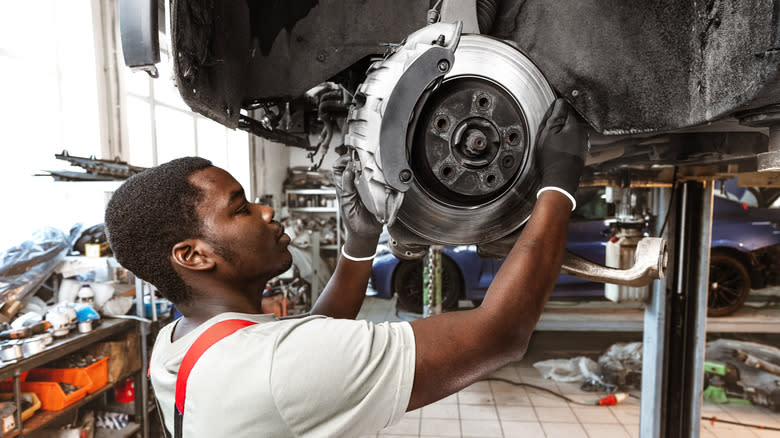
The quick answer is no: You don't need to bleed your brakes if you change your brake pads properly. However, there are some good reasons why you should.
Let's start with the concept of brake bleeding and its importance. Brake bleeding is the process of removing air bubbles trapped inside a hydraulic brake system. A car's brake system is a sealed system with brake fluid inside tubes. You press the brake pedal. A piston pushes the fluid (a type of non-compressible hydraulic fluid) inside the brake line, which transmits the pressure to the brake calipers, which push the brake pads or drums onto the brake. This system helps boost brake force, reducing pedal effort and improving efficiency.
If air gets into the system, it'll cause a lot of issues. For one, hydraulic fluid doesn't compress; air does. This air inside the system will reduce the pressure (read brake force) transmitted to the brake calipers, resulting in poor braking performance.
Replacing your brake pads comes under the ambit of routine maintenance and is an easy procedure you can do yourself. The best part is that you don't have to open the sealed brake system while changing brake pads, so you can skip bleeding the brakes. However, whether you're using ceramic or organic brake pads, it's a good practice to bleed your brake system while changing them to improve their efficiency and ensure optimum performance.
Read more: These Are What You Wanted As First Cars (And What You Got Instead)
How Do I Know If My Car's Brakes Need Bleeding?
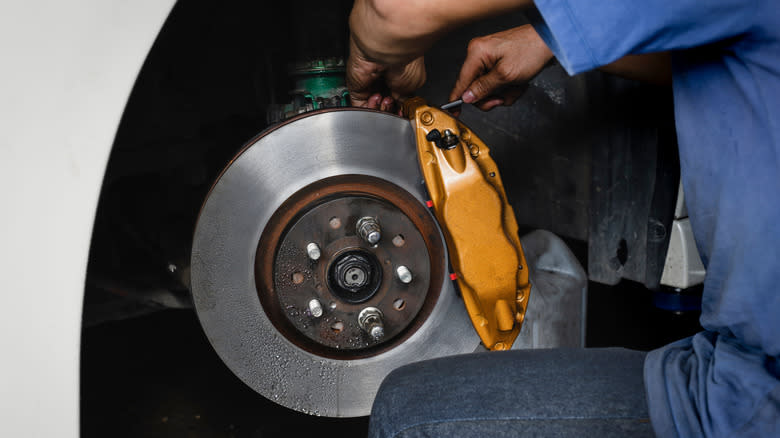
There are many ways air can get into your brake system. It can happen if the brake fluid level is low. If there are cracks or leaks in your braking system, it will not only let brake fluid out but also let air in. It can even happen during brake repairs, when brake lines are opened. A botched brake pad replacement, in which you inadvertently opened the brake bleeder valve, will lead to air getting trapped inside. Also, pushing your brake calipers inward to accommodate new brake pads could push fluid into the brake master cylinder and introduce air into the system, especially if the brake fluid level is low.
There are certain indicators that you need to bleed your car's brakes. A clear one is a spongy brake pedal. Under optimal conditions, a brake pedal should feel firm and respond well when you press it. A spongy or mushy brake pedal followed by reduced brake performance is also an indicator of air inside the brake system. Check for unusual hissing or squealing noises while braking. It's also a good idea to check for air bubbles inside the brake reservoir. Some of these symptoms could also mean your brakes are glazed, so check if your brake pads are unusually shiny.
Optional But Important

Brake bleeding is straightforward maintenance that doesn't involve opening the sealed brake system. While you don't need to bleed your brakes every time you replace the pads, it's a good practice you should do at least once a year, as it includes replacing your brake fluid. Over time, the fluid absorbs moisture and can degrade due to high temperatures from friction caused by braking. The moisture can lead to rust inside brake pipes, and the fluid's boiling point drops as it ages. If brake fluid boils over, the vapor inside the system will affect braking force, a feeling similar to a phenomenon called brake fade. So if your brake fluid looks like used motor oil and emits a burned smell, it's a good idea to change it.
Still unsure if you can skip brake bleeding after a pad replacement? Just ensure that a few things are in order. Make sure your brake fluid is clear or light in color, and devoid of air bubbles. Ensure that the brake-pad change didn't include opening any brake valves. Finally, give the brake pedal a few pumps. It should feel firm.
Our recommendation: Get that brake bleeding done. In fact, you can bleed your car's brakes yourself. All you need is a buddy, a box-end wrench, a bottle of brake fluid (check your owner's manual and use the recommended one only) that costs around $10 to $20; and 30 to 40 minutes of your time. It's money and time well spent.
Want more like this? Join the Jalopnik newsletter to get the latest auto news sent straight to your inbox...
Read the original article on Jalopnik.


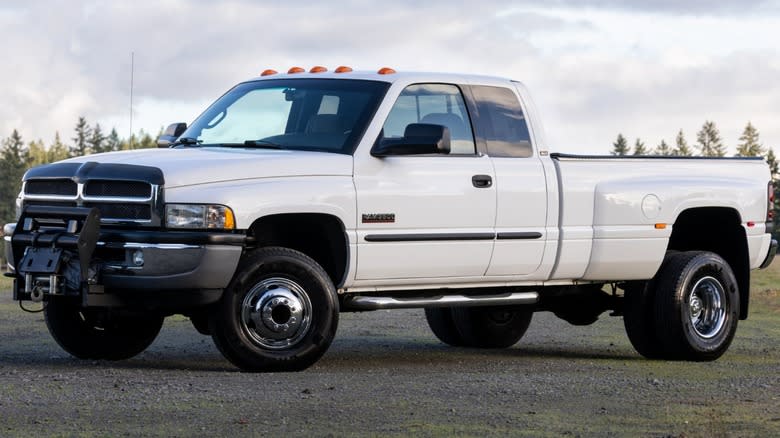
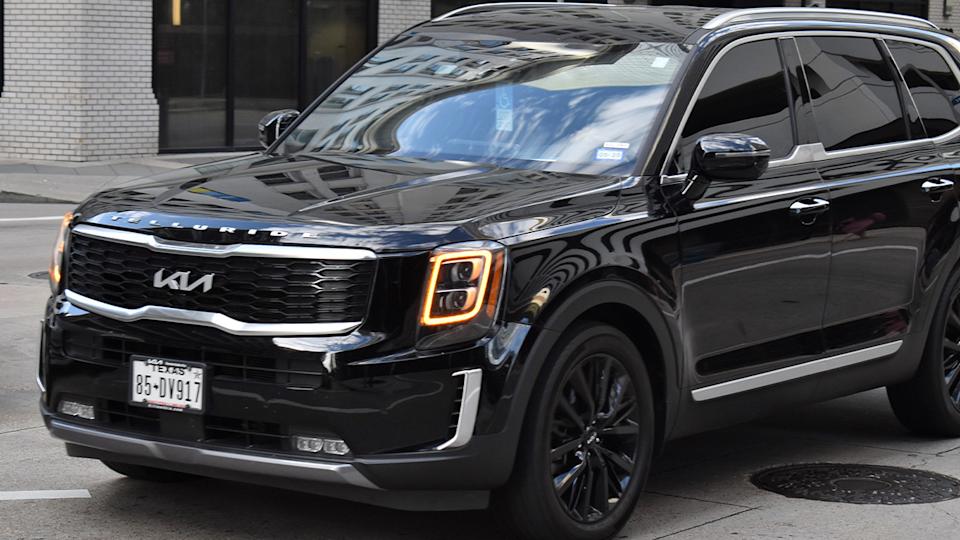

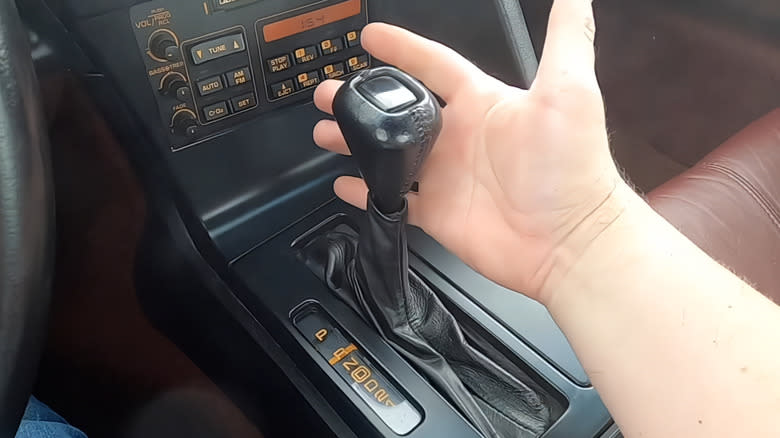
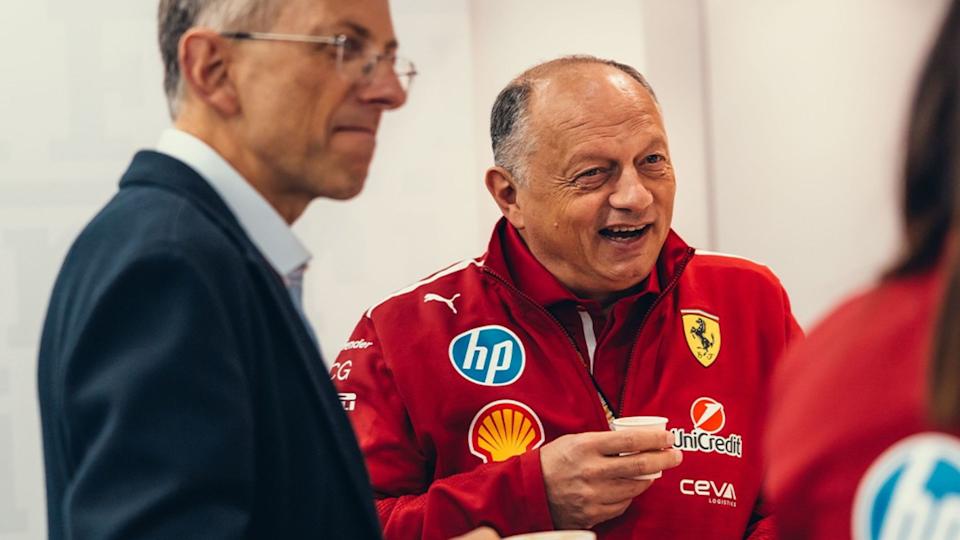

Comments